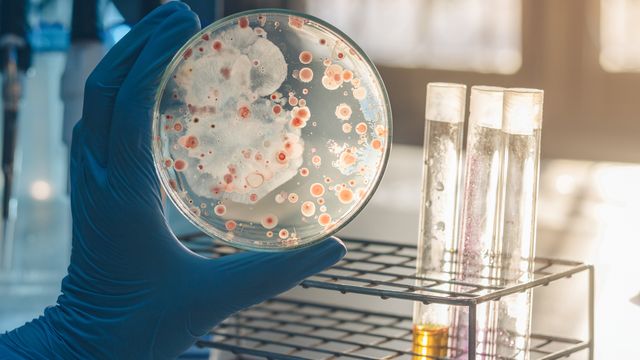Indoor Air Culture Testing for Mold and Bacteria
Indoor air culture testing is a critical tool in identifying and quantifying mold and bacteria present in indoor environments. This service plays an essential role in maintaining the health and well-being of occupants by detecting potential allergens, pathogens, and other airborne contaminants that can compromise respiratory health.
The process involves collecting samples from various areas within the building using specialized air sampling devices. These devices are designed to capture viable microorganisms present in the air, which are then cultured on appropriate media to allow for growth and identification of different species. This method provides valuable information about the presence, quantity, and types of microorganisms that may pose a risk.
The importance of this testing cannot be overstated, especially in sensitive environments such as hospitals, schools, offices, and homes where even minor levels of mold or bacteria can lead to significant health issues. By providing detailed reports on the results, our team helps stakeholders take proactive steps towards improving indoor air quality.
Our laboratory adheres strictly to international standards like ISO 14698-3 for sampling methodology and ISO 28083-1 for mold testing, ensuring accuracy and reliability in every test conducted. With state-of-the-art facilities and experienced professionals, we deliver comprehensive insights into your indoor air quality.
Applied Standards
Our laboratory strictly adheres to international standards when performing indoor air culture tests for mold and bacteria:
- ISO 14698-3:2015 – Sampling of air containing particulate matter.
- ISO 28083-1:2016 – Determination of fungal and bacterial contamination in indoor environments by culture methods.
We ensure that all our procedures comply with these standards to maintain the highest level of accuracy and reliability.
Scope and Methodology
| Aspect | Description |
|---|---|
| Sampling Devices | We use state-of-the-art air sampling devices specifically designed for capturing viable mold spores and bacteria. |
| Media Selection | The choice of media is crucial to ensure optimal growth conditions for different types of microorganisms. |
| Culture Conditions | Microorganisms are cultured under controlled temperature and humidity conditions until they reach maturity. |
| Identification Techniques | Advanced microscopy techniques and biochemical tests are employed to identify the species present. |
The entire process is meticulously documented, ensuring that each step adheres strictly to established protocols. This comprehensive approach guarantees accurate results and reliable data interpretation.
Why Choose This Test
- Precision & Reliability: Adherence to international standards ensures precise and reliable results.
- Viable Data: Collection of viable microorganisms provides actionable insights into the actual presence within the environment.
- Comprehensive Reporting: Detailed reports offer a complete picture of indoor air quality, highlighting potential risks.
- Expertise: Our experienced team ensures accurate interpretation and actionable recommendations based on your unique needs.
The ability to detect and quantify these microorganisms allows for targeted interventions aimed at improving overall environmental health. Whether you're dealing with a suspected outbreak or routine monitoring, our indoor air culture testing offers robust solutions tailored specifically to your requirements.





